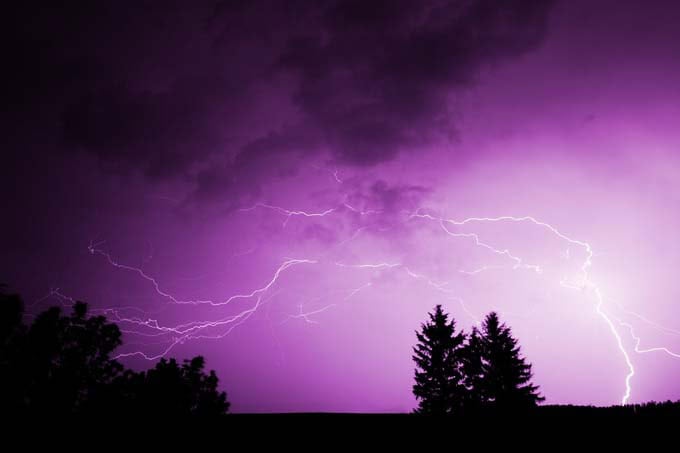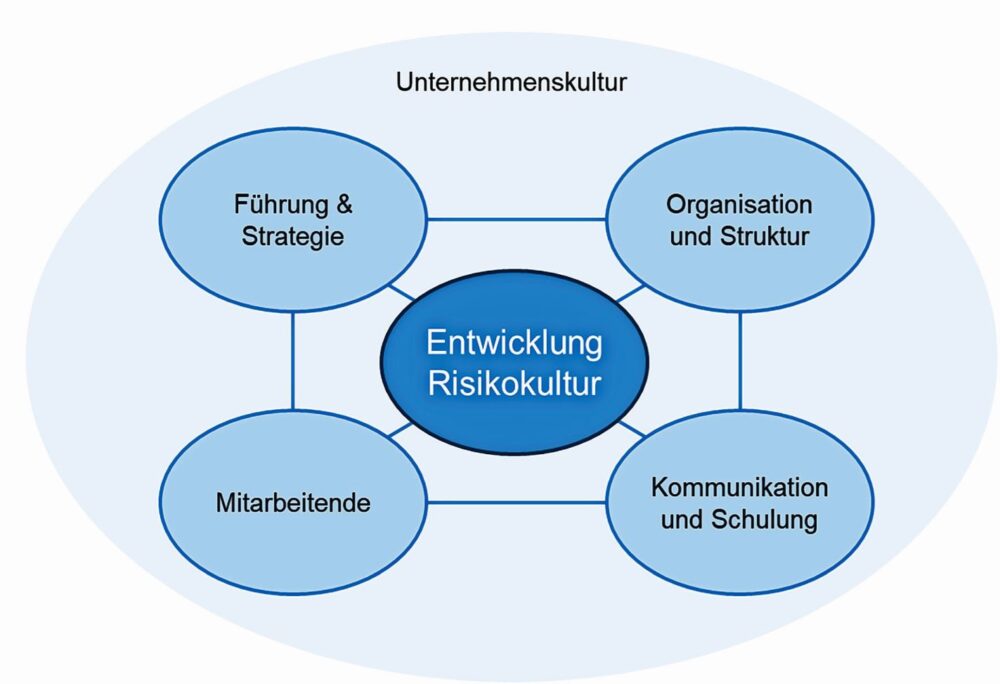Natural hazards: Insurance presents facts and figures on the most important threats
The season of summer storms with wind, rain and hail begins in Switzerland every year from around mid-June. An analysis of data from Helvetia Switzerland shows how damage caused by natural events has developed between 1990 and 2024. The conclusion: the accumulation of severe weather events in recent years is indeed exceptional.

Switzerland, with its numerous mountains, bodies of water and exposed location in the center of Europe, is highly exposed to natural events. Expanded and growing settlement areas and infrastructures - some in high-risk locations - increase the resulting financial risk for policyholders and insurers.
Accumulation of natural damage in the last 10 years
In the public and media perception, the last few years in particular seem to have been characterized by severe weather. However, a look at the long-term data series shows that loss-intensive years occur at regular intervals. However, the conspicuous accumulation of natural hazard events in the years 2021 to 2024 is unusual in this form. This observation is supported by statistics compiled by Helvetia based on internal storm and damage reports on natural hazard losses in Switzerland. Between 1990 and 2024, the frequency of the most important natural events as well as the annual loss amount and the development of the average costs per event category were recorded.
The total number of severe weather events remained largely constant until the mid-2010s - apart from the particularly lossy years of 1999 (storm Lothar) and 2005 (widespread flooding in the Alpine region). In the last ten years (2015-2024), however, there has been a significant increase in both the number of individual events and the cost of damage. The number of reported claims rose by 126% compared to the first decade (1995-2004). The financial expenses for damage repair increased by 133% in the same period.
Number of natural hazard events and their costs on the rise
When looking at the individual causes of damage, it is noticeable that the number of the most important natural events - such as storms, floods, hail, landslides and rockfall - has increased across the board. The increase is least noticeable in the case of floods and inundations: Despite the high media presence of such events, there has only been an increase of 26% over the last ten years. The volume of damage rose by 33 percent in the same period. The main reason for this is primarily the increase in the value of insured buildings and goods. At the same time, the investments made by the federal government, cantons and local authorities - several billion francs in flood protection since 2005 - have had an effect: they have prevented far greater damage. Nevertheless, floods and inundations were responsible for around a quarter of the damage caused in Switzerland between 2015 and 2024.
Hail as the primary cost driver
The trend in hail damage is particularly striking - both for individual and major events. The number of reported hail damage claims rose by 366% in the last ten years compared to the reference period, and the amount of damage even increased by 490%. With a share of over 51% of all claims paid by Helvetia between 2015 and 2024, hail has become the primary cost driver in the area of natural hazards in Switzerland. For Patrick Rohner, Head of the Non-life Claims Center at Helvetia Switzerland, this development cannot be explained solely by more frequent hail events: "In addition to the increased frequency and intensity of hail events, the increasing size of the hailstones is primarily responsible for the exponentially growing loss amounts." Another factor, according to Rohner, is the increased value of the vehicles and buildings affected, as well as the ongoing structural investments over the past ten years or so - in solar systems, for example.
In the areas of storm and landslide/rockfall/rockslide, the number of damage reports also increased compared to the two observation periods - by 38% and 24% respectively. It is worth noting that in both categories, the amount of damage has risen significantly more than the number of events: The amount of damage caused by storms increased by 50 percent, and in the landslide/rockfall/rockslide category by as much as 72 percent.
Event | Number of claims 1) | Annual loss amount 1) |
Storm | + 38 percent | + 50 percent |
Landslide/rockfall/rockslide | + 24 percent | + 72 percent |
Hail | + 366 percent | + 490 percent |
Flood | + 26 percent | + 33 percent |
All natural events 2) | + 126 percent | + 133 percent |
1) Development between the comparative period 1995 to 2004 and the comparative period 2015 to 2024.
2) Storm, rockfall/rock slide, landslide/landslide, snowslide, snow pressure, avalanche, high water/flooding, hail, wind.
Connection with climate change
According to Adrian Kollegger, Head of Non-Life and member of the Executive Management of Helvetia Switzerland, there is an obvious link between claims development and climate change: "We expect claims sums to increase further in the future as a result of climate change. The ongoing warming is not only leading to more frequent and more intense storms; the melting of the permafrost in the Alps in particular is fundamentally changing the threat situation. Instead of classic flood events, surface events such as landslides, debris flows, rockfalls and rockfalls will increasingly occur."
Increasing urbanization, the expansion of infrastructure and the development of new areas will further increase the risks in the coming years - both in Switzerland and worldwide.
Damage modeling must continue to evolve
So far, the insurance industry has been able to anticipate future developments through sound modeling and manage premiums accordingly within the regulatory framework set by FINMA (ES_AVO). Models for natural hazard losses are continuously optimized tools that can be used to quantify potential losses. They combine historical data on natural hazards with information on the exposure and vulnerability of people, buildings, infrastructure and other assets in order to assess the impact of potential loss events and disasters.
However, relying solely on historical data is no longer sufficient to design sustainable insurance cover for extreme events. Predictive models, the use of artificial intelligence and the global exchange of knowledge between insurers and reinsurers are becoming increasingly important for this challenging task.
Future threat scenarios must be incorporated even more strongly into risk modeling in order to ensure risk-appropriate and therefore sustainable premiums for insurers and customers, particularly in the unregulated area of natural hazards. In addition, policyholders, insurers and the state will have to invest even more in prevention and advice in the future. Personal support and advice from local branches will continue to play a central role in this. They know the damage potential of their respective region best and are available quickly in the event of a claim - for example with in-depth damage analysis, the provision of hail drive-ins or unbureaucratic immediate assistance.
Source: Helvetia









